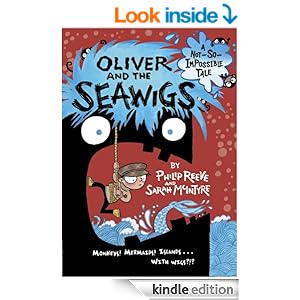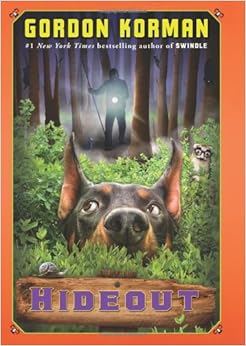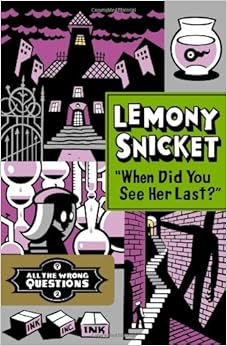Who Says Women Can’t be Doctors? The Story of Elizabeth Blackwell by Tanya Lee Stone, illustrated by Marjorie Priceman. Henry Holt, 2013.
 “I’ll bet you’ve met plenty of doctors in your life. And I’ll bet lots of them were women. Well, you might find this hard to believe, but there once was a time when girls weren’t allowed to become doctors.”
“I’ll bet you’ve met plenty of doctors in your life. And I’ll bet lots of them were women. Well, you might find this hard to believe, but there once was a time when girls weren’t allowed to become doctors.”
According to this picture book biography, Elizabeth Blackwell changed all that. Because a woman named Mary Donaldson told Elizabeth Blackwell that “she would have much preferred being examined by a woman” and because Mary urged Elizabeth to consider becoming a doctor herself, Elizabeth Blackwell, who lived during that time when women weren’t allowed or expected to become doctors, found herself thinking and dreaming about the idea of being a female doctor. Some people laughed at the idea. Some people criticized. The medical schools she applied to all turned her down. But Geneva Medical School in New York finally admitted her—as a joke!
The illustrations in this picture book are bright and whimsical and appealing. The illustrator, Marjorie Priceman, also illustrated some of my favorite picture books, including How To Make an Apple Pie and See the World, How to Make a Cherry Pie and See the USA, and Zin! Zin! Zin! A Violin (all available from my library, Meriadoc Homeschool Library).
Elizabeth Blackwell graduated medical school and became the first woman doctor in the United States. Except for a few details about her childhood and her med school experiences, what I’ve told you here is what the book tells in its main text. The author’s note at the back of the book includes a few more details about Elizabeth Blackwell’s life. This biography would be the perfect length for primary children, ages four to seven. And it would be a good introduction to Elizabeth Blackwell and the advent of female doctors for older children.
Then if you or your children want to read more about Ms. Blackwell, check out the following books:
Elizabeth Blackwell: Girl Doctor (Childhood of Famous Americans) by Joanne Landers Henry.
Lone Woman: The Story of Elizabeth Blackwell, the First Woman Doctor by Dorothy Clarke Wilson.
The First Woman Doctor: The Story of Elizabeth Blackwell, M.D. by Rachel Baker. (Messner biography)
I tend to agree with Ms. Donaldson. I prefer a female doctor, and I’m glad we have the choice nowadays to go to a woman doctor or a male doctor, whichever we prefer. And, of course, I’m glad that women can become doctors.
Who Says Women Can’t Be Doctors? is available for checkout from Meriadoc Homeschool Library. If you are interested in purchasing ($5.00) a curated list of favorite picture book biographies with over 300 picture books about all sorts of different people, email me at sherryDOTpray4youATgmailDOTcom.





